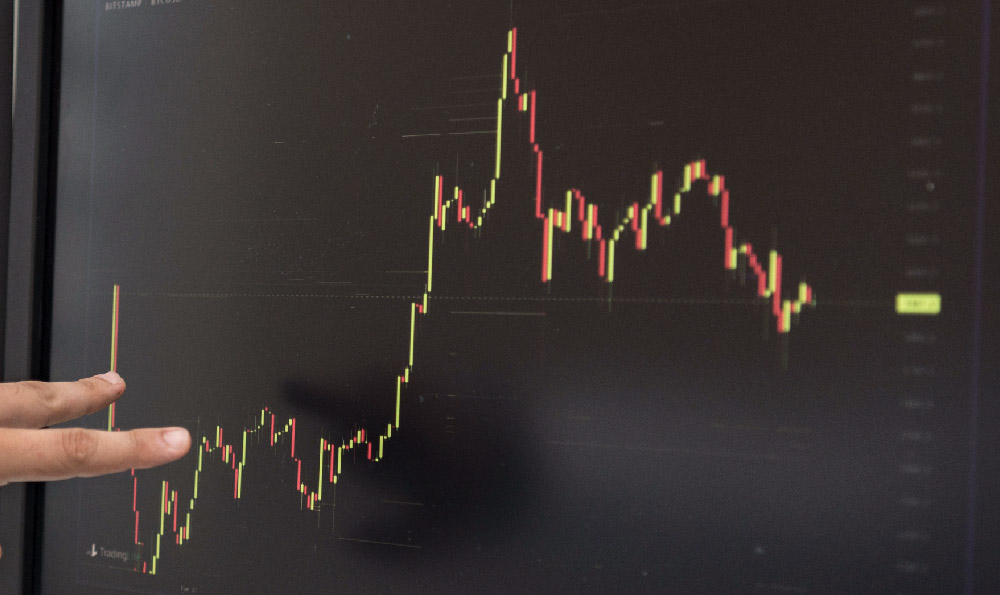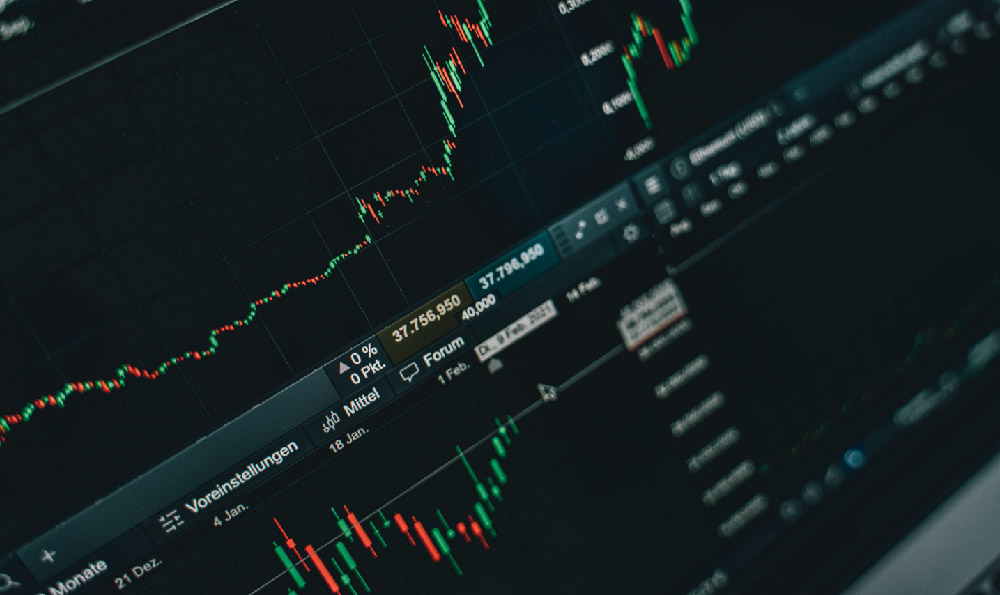In the digital age, where financial opportunities are abundant and ever-evolving, the pursuit of quick returns has become a focal point for many investors. The cryptocurrency market, in particular, has attracted significant attention due to its potential for rapid growth and decentralized nature. However, the allure of fast money often comes with hidden risks, requiring a balanced approach that combines strategy, discipline, and a deep understanding of market dynamics. For those seeking to navigate this landscape effectively, it is essential to explore viable methods that align with both profitability and safety, while also recognizing the broader implications of such engagements in the global economy.
The cryptocurrency market operates on a foundation of volatility, which can create opportunities for short-term gains but also expose investors to sharp declines. As a result, many participants are drawn to strategies that leverage this volatility without fully comprehending the complexities involved. One of the most discussed approaches is day trading, where investors buy and sell assets within a single day to capitalize on price fluctuations. This method requires meticulous analysis of market trends, such as volume patterns, liquidity, and macroeconomic factors that influence crypto prices. Successful day traders often employ tools like moving averages, relative strength index (RSI), and Bollinger Bands to identify entry and exit points, but these techniques demand extensive practice and a keen ability to interpret data quickly. While day trading can offer substantial rewards, it also carries a high risk of loss, particularly for those without a solid grasp of risk management principles.
Another approach often explored by investors is arbitrage, which involves exploiting price differences between different markets or exchanges. For example, a trader might buy a cryptocurrency on a less liquid exchange and sell it on a more prominent one, profiting from the price discrepancy. This strategy is appealing because it can generate consistent returns with relatively low risk, but its effectiveness depends on market efficiency and the ability to execute trades swiftly. The rise of decentralized finance (DeFi) platforms has further complicated this scenario, as they introduce new opportunities for cross-chain arbitrage and yield farming. However, these platforms are not without risks, including smart contract vulnerabilities, liquidity risks, and potential rug pulls—situations where developers abandon a project and drain funds from investors. Therefore, while arbitrage can be a valuable tool, it requires thorough research and the use of reputable platforms with strong security measures.

In addition to traditional trading strategies, some investors explore alternative avenues such as staking or lending on blockchain networks. These methods allow participants to earn passive income by locking up their assets to support network operations. For instance, Ethereum staking enables users to validate transactions and earn rewards in the form of newly minted ETH. While these strategies offer a more stable return compared to trading, they still require careful consideration of factors like inflation rates, market sentiment, and the overall health of the blockchain ecosystem. Moreover, the emergence of decentralized autonomous organizations (DAOs) has introduced new models of investment, where community-driven decisions can impact returns. However, DAOs are not immune to fraud or mismanagement, highlighting the need for caution and due diligence.
The pursuit of quick money in the digital realm also extends to the world of non-fungible tokens (NFTs) and metaverse assets. These emerging markets have seen explosive growth, driven by innovation and speculative demand. For example, NFT marketplaces like OpenSea and Rarible have enabled artists and collectors to trade unique digital assets, sometimes achieving astronomical gains in short periods. However, the NFT market is highly speculative, with prices fluctuating rapidly based on trends, hype, and market sentiment. Investors who enter this space without a clear understanding of the underlying value may find themselves in a precarious position, as the market can quickly shift from bullish to bearish.
To avoid falling into common traps, investors must prioritize education, patience, and diversification. The cryptocurrency market is rife with scams, Ponzi schemes, and misleading marketing tactics, particularly in the realm of altcoins and unproven projects. For example, the rise of "airdrop" scams has seen many investors lose funds by participating in fraudulent token distributions. Therefore, it is crucial to verify the legitimacy of any project, assess its technological foundation, and understand its real-world use case before committing capital. Diversification is another key strategy, as concentrating investments in a single asset or market increases exposure to risk. Investors should consider allocating funds across different asset classes, including established cryptocurrencies like Bitcoin and Ethereum, as well as emerging sectors like DeFi and NFTs, while maintaining a balanced risk profile.
While the prospect of quick money online is enticing, it is important to recognize that sustained financial growth requires a long-term perspective. The cryptocurrency market, though dynamic, is influenced by factors such as regulatory developments, technological advancements, and macroeconomic conditions. For instance, the introduction of institutional investment in Bitcoin has significantly impacted its price trajectory, highlighting the importance of staying informed about broader market trends. Additionally, the rise of cryptocurrency derivatives and futures trading has enabled investors to profit from market movements without direct ownership of the underlying asset, but these instruments come with their own set of risks and require advanced knowledge of leverage and margin trading.
Ultimately, the goal of any investor should be to achieve a balance between ambition and caution. While quick returns are appealing, they are not guaranteed, and the risk of loss is ever-present. By adopting a disciplined approach, consistently analyzing market data, and prioritizing risk management, investors can navigate the complexities of the digital financial landscape with greater confidence. The path to profitability in this space is not straightforward, but with the right mindset and strategies, it is possible to achieve meaningful results while protecting one's capital. The key is to remain informed, adaptive, and mindful of the broader implications of each investment decision, ensuring that the pursuit of quick money aligns with long-term financial goals and sustainable growth.












